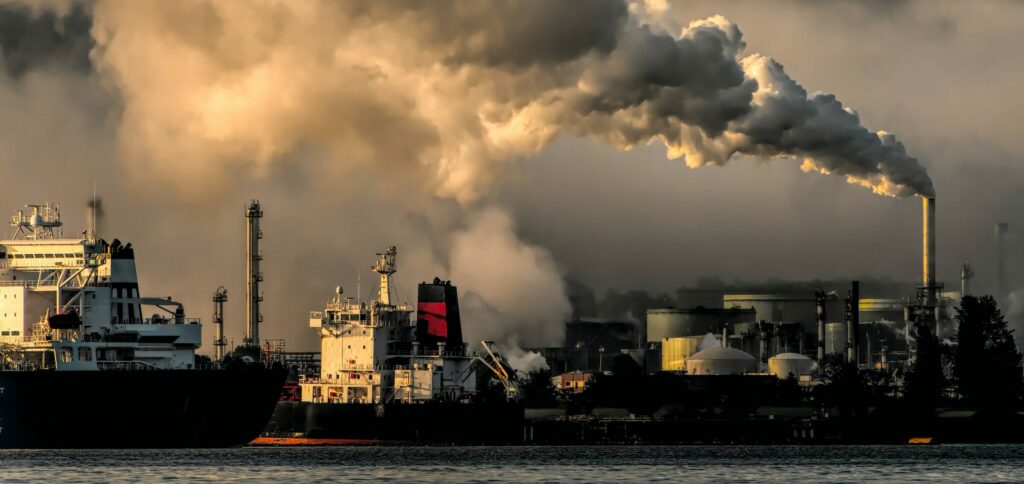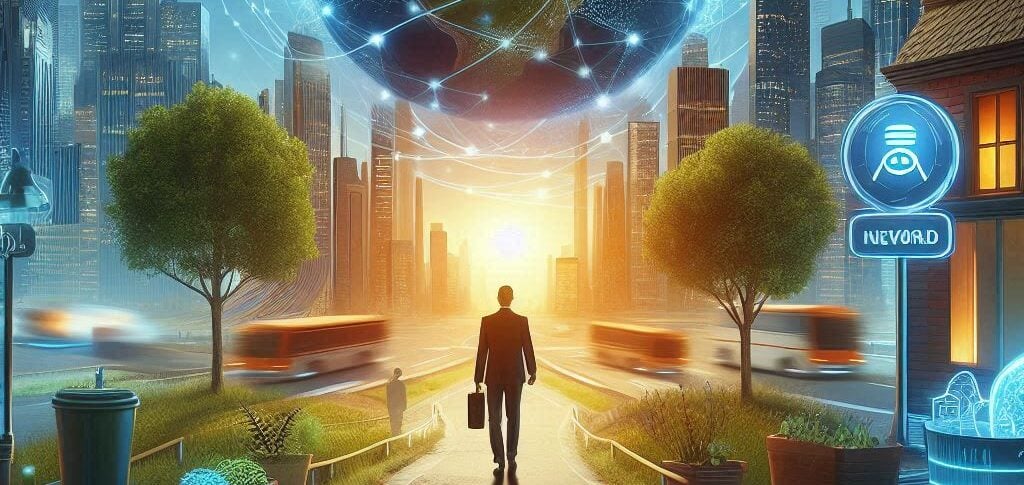The United Nations (UN) also emphasizes that, by the end of the 21st century, there could be increase in temperatures above 2°C and adds that, in a scenario of global warming, there will be more heat waves, longer duration of hot seasons and less cold. As a result, phenomena such as heat and flooding could worsen with greater precipitation.
ADVERTISING
In this regard, the subtropical regions gain attention from the UN, since in these areas the rains tend to be more intense, with an increase in precipitation in high areas. In coastal areas, sea levels will continue to rise. Another warning is that, every year, extreme events could be recorded in the seas – a reality that, according to the UN, happened every 100 years.
According to the International Energy Agency, methane gas is responsible for almost a third of the increase in temperature since the beginning of the Industrial Revolution, being the second largest cause of the greenhouse effect, behind only carbon dioxide (CO2).
For the UN, such data is a warning to urgent actions and call on different sectors and countries to achieve the goal of limiting gas emissions by 45% by 2030 and achieving zero emissions by 2050.
ADVERTISING
To this end, the International Labor Organization (ILO) lists, as a measure in the business sphere, encouraging green jobs, which includes reducing the environmental impact of companies to levels that are at least sustainable. These vacancies can be created in urban or rural areas, from manual to skilled work.
The founder and main executive of the Latin American Quality Institute (LAQI), Daniel Maximilian Da Costa, draws attention to the International Day for the Preservation of the Ozone Layer, on September 16, which calls on the world to take initiatives on the topic. He claims that the guidelines can help the business world reduce greenhouse gas emissions.
“Based on this date, we can list a series of actions, involving Sustainable Development Goals, ESG, specifically with goals linked to the environmental part, and the carbon market with securities trading. In other words, we have a wide range of actions that can be implemented. Although it requires investments, such changes and incentives certainly bring benefits in general”, concludes.
ADVERTISING
Read also
(Estadão Content)





